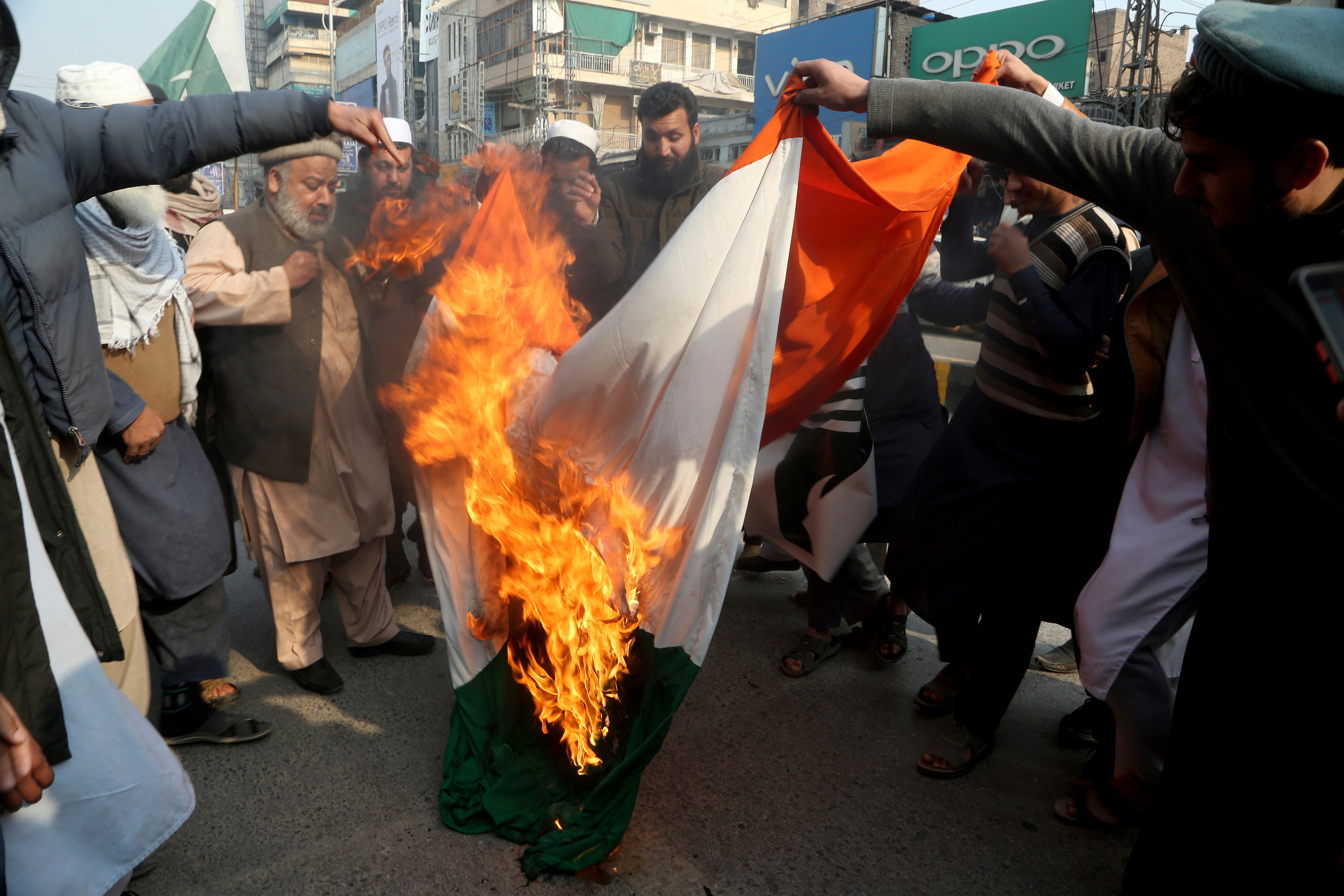India restores 4G mobile internet in Kashmir after 550 days
India has ended an 18-month-long ban on high speed internet services on mobile devices in disputed Kashmir, where opposition to New Delhi has surged after it revoked the region’s autonomy

Your support helps us to tell the story
From reproductive rights to climate change to Big Tech, The Independent is on the ground when the story is developing. Whether it's investigating the financials of Elon Musk's pro-Trump PAC or producing our latest documentary, 'The A Word', which shines a light on the American women fighting for reproductive rights, we know how important it is to parse out the facts from the messaging.
At such a critical moment in US history, we need reporters on the ground. Your donation allows us to keep sending journalists to speak to both sides of the story.
The Independent is trusted by Americans across the entire political spectrum. And unlike many other quality news outlets, we choose not to lock Americans out of our reporting and analysis with paywalls. We believe quality journalism should be available to everyone, paid for by those who can afford it.
Your support makes all the difference.India ended an 18-month-long ban on high speed internet services on mobile devices in disputed Kashmir where opposition to New Delhi has surged after it revoked the region's autonomy.
The order late Friday lifted the ban on 4G mobile data services However, the order issued by the region’s home secretary, Shaleen Kabra, asked police officials to “closely monitor the impact of lifting of restrictions.”
A blanket internet ban, the longest in a democracy which rights activists dubbed as “digital apartheid” and “collective punishment,” came into effect on August 2019 when India stripped Kashmir of its statehood that gave its residents special rights in land ownership and jobs. The region was divided into two federally governed territories.
The move accompanied a security clampdown and total communications blackout that left hundreds of thousands jobless, impaired the already feeble health care system and paused the school and college education of millions. Months later, India gradually eased some of the restrictions, including partial internet connectivity.
In January last year, authorities allowed the Indian-controlled territory’s more than 12 million people to access government-approved websites over slow-speed connections.
Two months later, authorities revoked a ban on social media and restored full internet connectivity but not high speed internet. In August, 4G services were allowed in two out of the region’s 20 districts.
Officials have said the internet ban was aimed at heading off anti-India protests and attacks by rebels who have fought for decades for the region’s independence or unification with Pakistan, which administers another portion of Kashmir. Both countries claim the landlocked territory in its entirety.
Officials have also argued that such security measures were necessary to better integrate the region with India, foster greater economic development and stop threats from “anti-national elements” and Pakistan.
Many Kashmiris, however, view the move as part of the beginning of settler colonialism aimed at engineering a demographic change in India’s only Muslim-majority region.
Digital rights activists have consistently denounced the internet restrictions and said they represented a new level of government control over information. They were also criticized by lawmakers in Europe and the U.S., who called on the government to end the curbs.
India often snaps mobile internet services in parts of the region as a tactic during counterinsurgency operations and anti-India protests.
According to the London-based digital privacy and research group Top10VPN, India ranked at the top in internet shutdowns in 2020.
The group in its January report said internet shutdowns in 2020 caused a loss of $4.01 billion globally and India was the most impacted while suffering a loss of $2.8 billion.